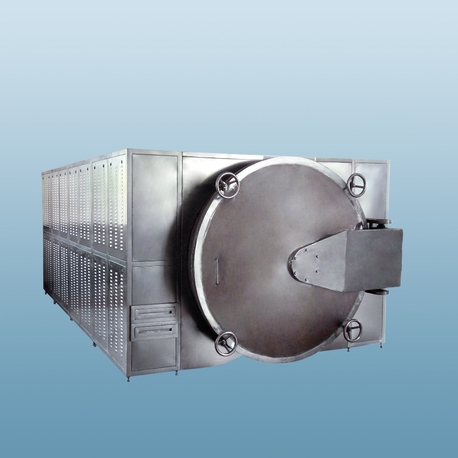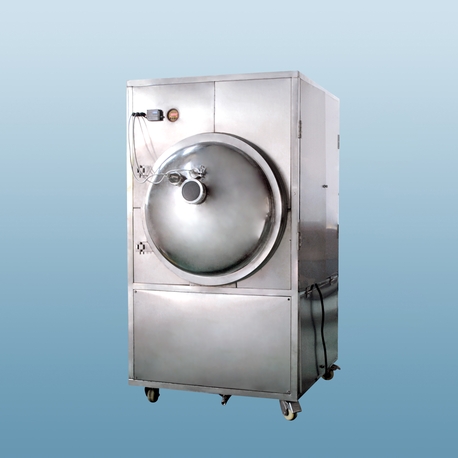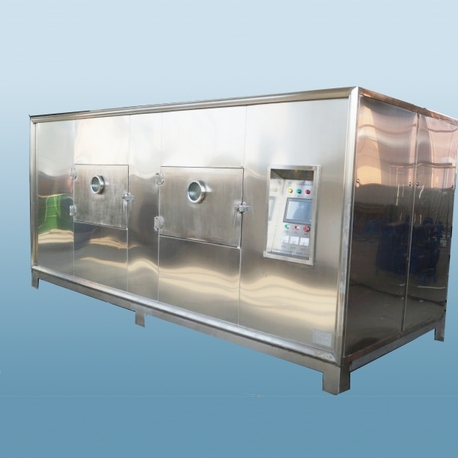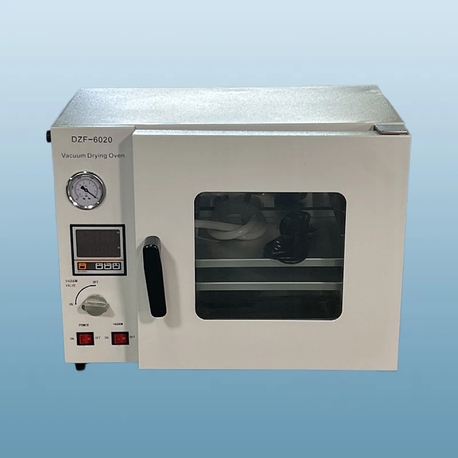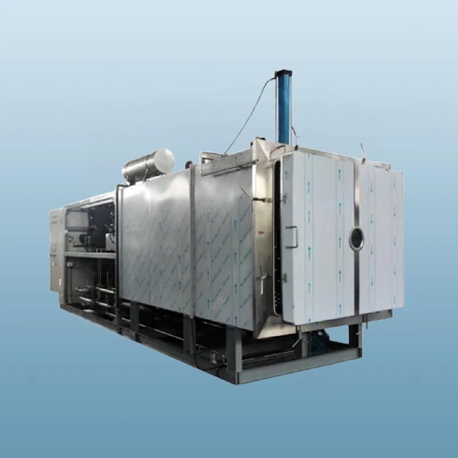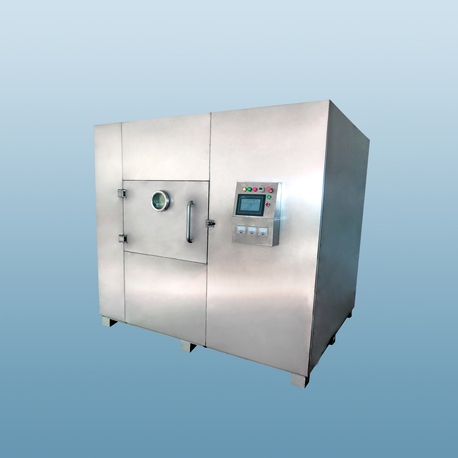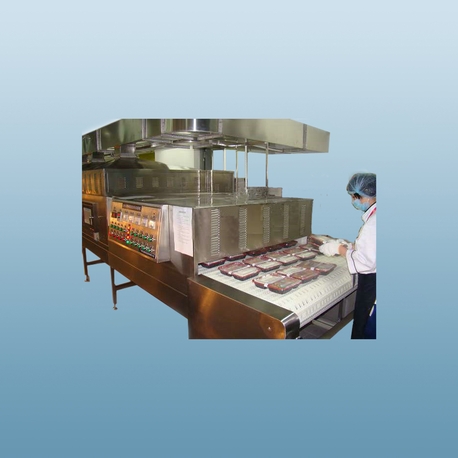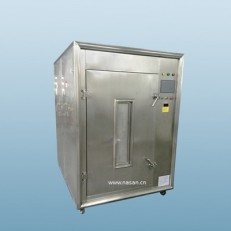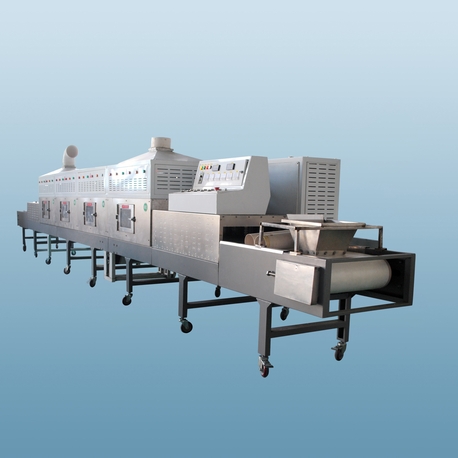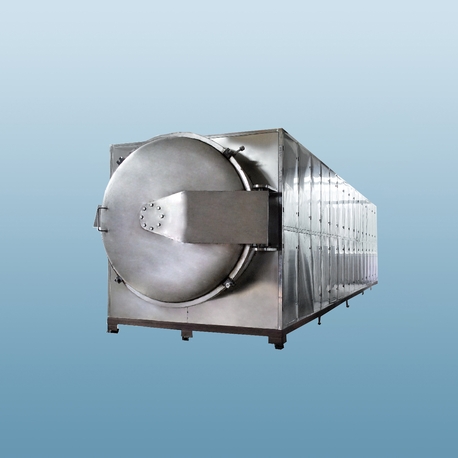In today's world, where food preservation, scientific research, and industrial processing are paramount, the humble drying machine drying machine has become an indispensable tool. From extending the shelf life of seasonal produce to creating delicious snacks and ensuring precise laboratory conditions, the technology behind removing moisture is diverse and advanced. Whether you are a home cook looking to make kale chips, a small business owner producing dried fruit, or a lab technician working with sensitive materials, understanding the different types of dryers is crucial. This article explores the various technologies available, including the fruit drying machine, food drying machine, vacuum drying oven, vegetable dehydration machine, and the innovative vacuum microwave drying technology, helping you make an informed decision for your specific requirements.
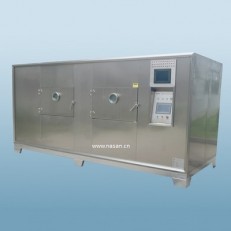
What is a Drying Machine and How Does It Work?
At its core, a drying machine is a device designed to remove moisture from a substance through the process of evaporation. This is primarily achieved by applying heat, circulating air, and controlling the environment to facilitate the efficient transfer of water from the interior of the material to its surface and then into the surrounding air. The basic principle involves three key elements: heat to provide the energy needed for evaporation, air flow to carry away the released moisture, and humidity control to maintain a moisture gradient that encourages continued drying.
The applications are vast and touch numerous aspects of our lives. In the food industry, dryers are used to preserve nutrients, concentrate flavors, and reduce weight for transportation. A food drying machine is a broad category that encompasses devices used for everything from meats and herbs to pasta and grains. In scientific and industrial settings, a vacuum drying oven is employed to dry heat-sensitive materials without degrading them by lowering the boiling point of water under reduced pressure. Understanding these fundamental workings is the first step in appreciating the specialized machines we will discuss next.
Fruit Drying Machine: Preserving Nature's Sweetness
A fruit drying machine is specifically engineered to handle the high sugar and water content of fruits. The goal is to remove moisture while preserving the fruit's vibrant color, intense flavor, and nutritional value. These machines typically operate at lower temperatures compared to industrial dryers to prevent case hardening—where the outside of the fruit dries too quickly, trapping moisture inside and leading to spoilage.
Modern fruit drying machine options often feature precise temperature controls (often between 95°F to 160°F or 35°C to 71°C), adjustable airflow trays, and transparent doors to monitor progress without disrupting the internal environment. They are perfect for creating healthy snacks like dried apple rings, mango slices, and banana chips without the added sugars and preservatives found in store-bought versions. For small-scale producers, a dedicated fruit drying machine is an investment that pays off in product quality and shelf life extension, allowing them to sell surplus produce year-round.
Vegetable Dehydration Machine: From Garden to Pantry
Similar to its fruit-focused counterpart, a vegetable dehydration machine is designed to efficiently remove water from vegetables. This process, known as dehydration, inhibits the growth of microorganisms and enzymes that cause spoilage. The result is lightweight, shelf-stable produce that retains much of its original nutritional content, especially fiber and minerals.
The key for a successful vegetable dehydration machine is even and consistent air flow. Vegetables like tomatoes, zucchini, carrots, and herbs require different preparation, such as blanching or uniform slicing, to ensure they dry evenly. These machines are indispensable for home gardeners with a bountiful harvest and for commercial kitchens that prepare dried vegetable powders, soup mixes, and backpacking meals. The distinction between a general vegetable drying machine and a vegetable dehydration machine is often minimal, with the terms used interchangeably, though "dehydration" can sometimes imply a slightly more industrial or thorough process.
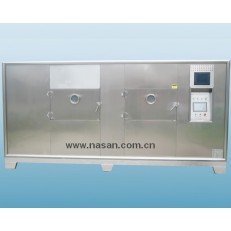
Vacuum Drying Oven: Precision for Labs and Industry
When standard hot-air drying is not sufficient or would damage the product, a vacuum drying oven is the tool of choice. This type of drying machine operates by placing the material inside a sealed chamber and using a vacuum pump to reduce the internal pressure. This reduction in pressure lowers the boiling point of water, allowing moisture to evaporate at much lower temperatures.
This technology is critical for drying delicate, heat-sensitive, or flammable materials that would be destroyed or altered by high heat. Applications are widespread:
Pharmaceuticals: Drying antibiotics and temperature-sensitive chemicals.
Electronics: Removing moisture from components without causing thermal stress.
Research Laboratories: Preparing samples for analysis where precise moisture content is required.
Food Science: Drying premium ingredients like spices and certain probiotics where high heat would destroy volatile compounds and active cultures.
The vacuum drying oven represents the high-precision end of the drying spectrum, where control over the environment is absolute and essential.
The Innovation of Vacuum Microwave Drying
Combining two powerful technologies, vacuum microwave drying is a cutting-edge method that offers speed and quality unmatched by conventional techniques. This process places the product in a vacuum chamber and uses microwave energy to generate heat from within the material itself.
The vacuum environment, as in the vacuum drying oven, lowers the drying temperature. The microwaves then excite water molecules throughout the entire product volume, causing them to vaporize rapidly. This results in several advantages:
Extreme Speed: Drying times can be up to 5-10 times faster than air drying.
Superior Quality: The low temperature and rapid process better preserve color, flavor, nutrients, and the rehydration capacity of the food.
Energy Efficiency: Faster drying times often translate to lower energy consumption per unit of product.
While traditionally used for high-value products in the food and biotechnology industries due to higher equipment costs, vacuum microwave drying is becoming more accessible and is set to redefine standards for quality drying.
Food Drying Machine: The All-Rounder for Every Kitchen
For those who need versatility, a general food drying machine is the ideal solution. These units are the workhorses of the drying world, capable of handling a wide array of products. A typical household or small commercial food drying machine consists of a heating element, a fan for air circulation, and multiple stacked trays to maximize capacity.
Their flexibility is their greatest strength. One day, you can use it as a fruit drying machine to make strawberry snacks, and the next, it can function as a vegetable drying machine to preserve onions and mushrooms for your pantry. Many models can also dry herbs, make jerky, and even proof bread or yogurt. When shopping for a food drying machine, key features to consider are stainless steel construction for durability, accurate digital thermostats, a timer with auto-shutoff, and sufficient tray space for your intended use.
Common Problems and Solutions with Drying Machines
Even the best equipment can encounter issues. Understanding common problems can help you troubleshoot and achieve better results.
1. Uneven Drying
Problem: Some trays or parts of trays dry faster than others.
Causes: Overloading the trays, irregular sizing of food pieces, or poor air circulation within the machine.
Solutions: Always slice food uniformly. Do not overcrowd trays; leave space for air to flow. Rotate the trays throughout the drying process every few hours to ensure even exposure to heat and air.
2. Drying Takes Too Long
Problem: The process takes far longer than the recipe or manual suggests.
Causes: The ambient humidity in the room might be very high, the temperature might be set too low, or the machine's heating element could be failing.
Solutions: Use the dryer in a cool, dry, and well-ventilated room. Ensure the temperature setting is correct for the food you are drying. If problems persist, the unit may need servicing.
3. Case Hardening
Problem: The outside of the food becomes hard and leathery while the inside remains moist.
Cause: The temperature is set too high, causing the exterior to dry and seal too quickly.
Solution: Lower the temperature. Drying at a lower temperature for a longer period is always preferable to rushing at a high temperature.
4. Loss of Color and Flavor
Problem: The finished product is discolored and lacks flavor.
Causes: Excessively high temperatures can degrade pigments and volatile flavor compounds. Oxidation before or during drying can also be a factor.
Solutions: Use the recommended temperature for each specific food. Pre-treating fruits like apples and peaches with a quick dip in lemon juice or ascorbic acid (vitamin C) water can help prevent browning.
5. Failure to Achieve a Crisp Finish in Vacuum Ovens
Problem: Material remains somewhat moist or spongy after a cycle in a vacuum drying oven.
Cause: The vacuum level may not be sufficient, the cycle time may be too short, or the temperature setting may be incorrect for the material.
Solution: Verify the vacuum pump is functioning correctly and achieving the required pressure. Extend the drying time and consult the manual for material-specific guidelines.
Choosing the right drying machine—be it a simple food drying machine, a specialized vegetable dehydration machine, or a sophisticated vacuum microwave drying system—empowers you to preserve, create, and innovate with confidence. By understanding the technology and its potential pitfalls, you can ensure that your investment delivers perfect results every time, unlocking a world of flavor, convenience, and scientific precision.


